In the historic street of Naples called Via Foria, animated by antique shops, rotisseraries and confectioneries, arises a surprising natural oasis of peace and well-being: the Naples Botanical Garden, an area with an extension of 12 hectares and 25,000 specimens.
Alternating a walk in the lively historic center, right at the door, where art and folklore sparkle, with a relaxing stroll in the greenery, is undoubtedly a pleasant way to spend a day in town.
Origins and history of Naples Botanical Garden
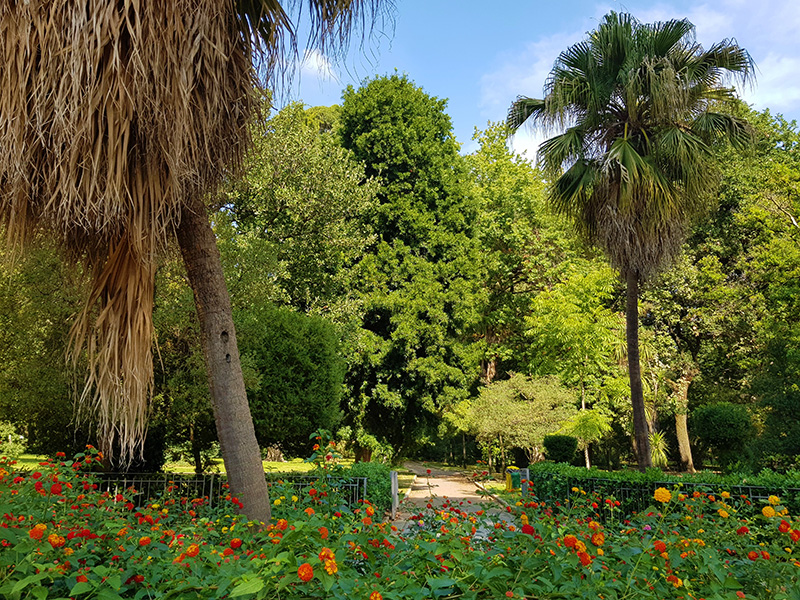
Founded by Giuseppe Bonaparte, the Naples Botanical Garden saw its dawns in 1811 during French rule with the aim of multiplying the spices useful to health, agriculture and industry.
The first director of the Orto, Michele Tenore, emphasized scientific research and teaching activity. Many species of medicine were cultivated, alongside exotic plants. He also devoted significant attention to foreign relations, in touch with the major botanical institutions in Europe. At the end of his experience as manager of the structure, in 1860, the Naples Botanical Garden boasted a rich range of cultivated species, which still are 9,000.
Today the Orto is one of the structures of Federico II University and is part of the Faculty of Mathematical, Physical and Natural Sciences.
Expositive areas
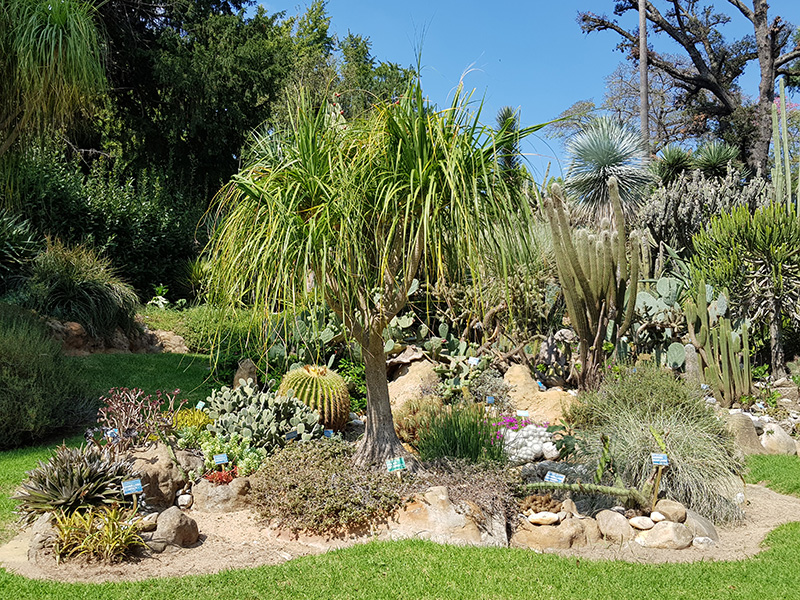
The Naples Botanical Garden offers a number of keys to reading its paths. Major plants, bioinvasions or water influences on biodiversity are just a few examples of the thematic routes that can be made.
Insectivorous plants

Aquatic plants
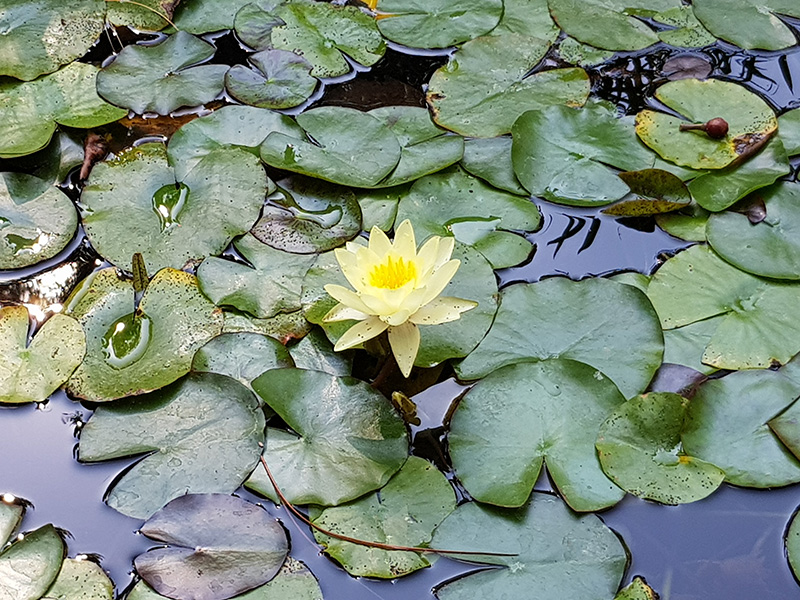
Greenhouses and other structures
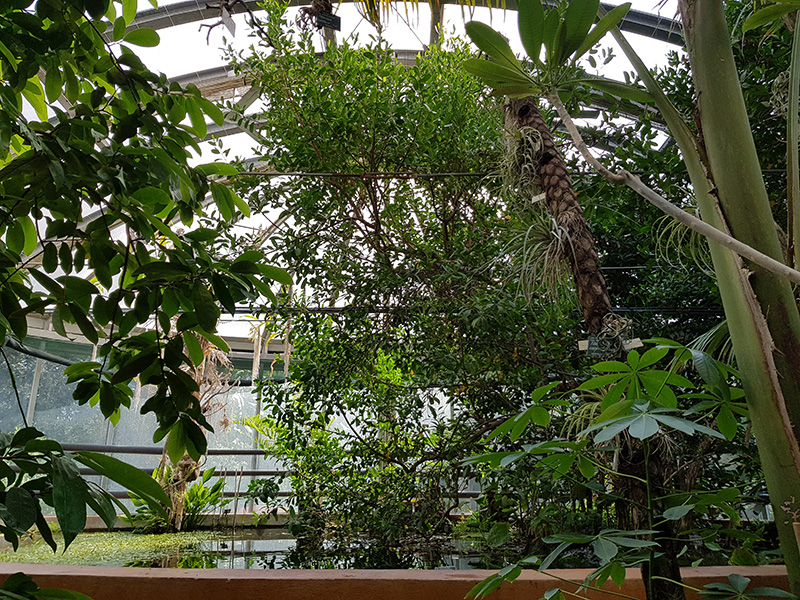
In the greenhouses are grown plant wshose vitality does not belong to the Mediterranean climate. Inside, the temperature and humidity are carefully adjusted to recreate the ideal conditions for the survival of exotic species of particular interest.
The Naples Botanical Garden includes five greenhouses: Merola, Califano, Reproduction and Multiplication of ferns and orchids, Useful plant and Tropical and Mangroves.
Another interesting visitable building is the Castle built between the sixteenth and seventeenth centuries, now the home of administrative and technical activities, as well as the Paleobotanic and Ethnobotanic Museum.
In the Experimental Section of Medicinal Plants, are kept seed of many useful plants and other types of vegetable specimens. Here we find:
- Exhibition area of useful plants
- Medicinal herbs
- Poisonous Plants
- Chrome-sensory garden
- Area of the progenitors of the main edible fruits
- Orchard
- Experimental fields
Other facilities host the C.I.S.M.E. (Interdepartmental Center for Electronic Microscopy) and the Former Section Plant Biology of the University of Naples Federico II.
Via Foria, 223
How to reach Naples botanical garden, timetable and tickets
Metro Line 2, stop Cavour, walk 800 meters on foot in the direction of Piazza Carlo III
Metro Line 1, stop Museum, walk 800 meters on foot in the direction of Piazza Carlo III
From Monday to Friday from 9am to 14pm.
Telephone reservation is required at 0812533937
Entrance to the park is free
Organized activities in Naples botanical garden
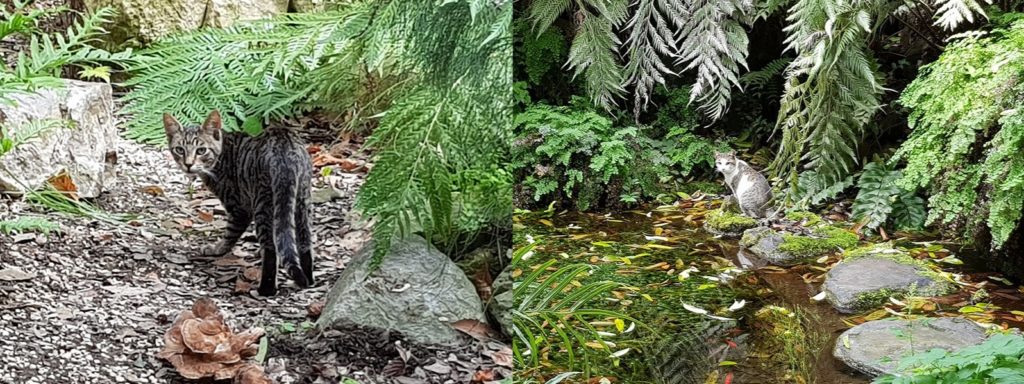
The scenic garden, with its enchanting atmosphere, is also an open-air theater of pleasing performances for adults and children. It is open to fairytale settings, with themes of theater promotion aimed at children and youth but also to those of the mystery, with other forms of representations oriented to adults.
So much space for the games as well as literature, with depictions of stories from the most read books and homage to the great classical authors such as Homer, Conrad, Mastriani, Leopardi, but also contemporaries. It is advisable to follow the schedule during your stay in Naples so you will not miss these fantastic events.










Lascia un commento